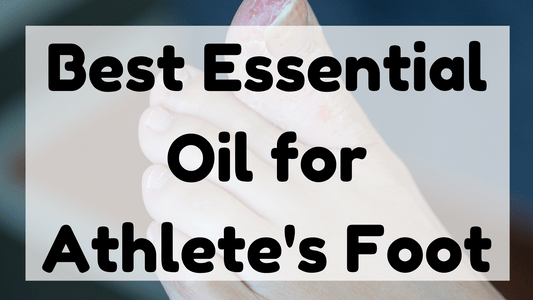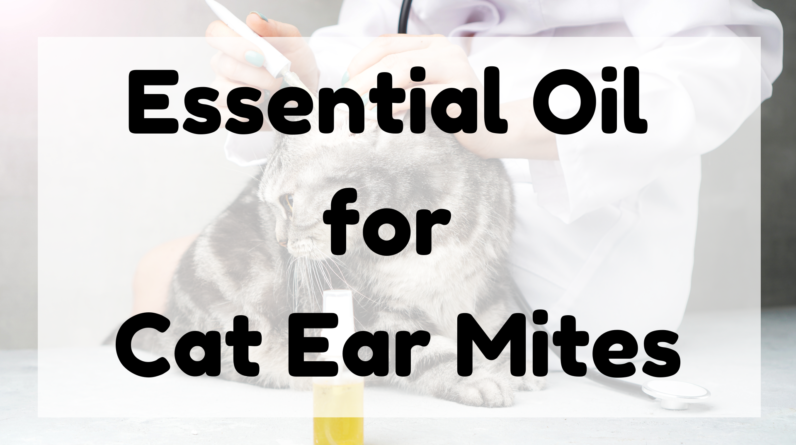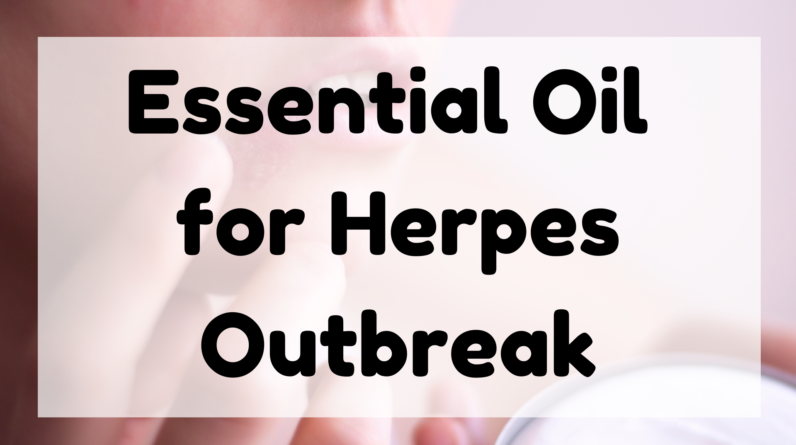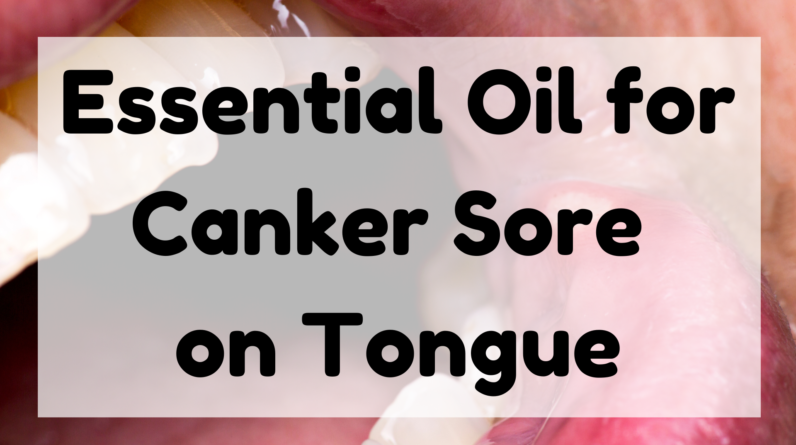Jump Ahead to:
Best Essential Oil for Athlete’s Foot
If you are looking for a natural solution to get rid of an athlete’s foot, you may be wondering what essential oils are.
This article will discuss what essential oils are, how they work, and which one is the best.
Essential oils are essential for healing, but only if you use them properly.
Listed below are some of the most effective essential oils for athlete’s foot.
You can use these on your own, but you should be sure to follow the instructions carefully.
What are Essential Oils
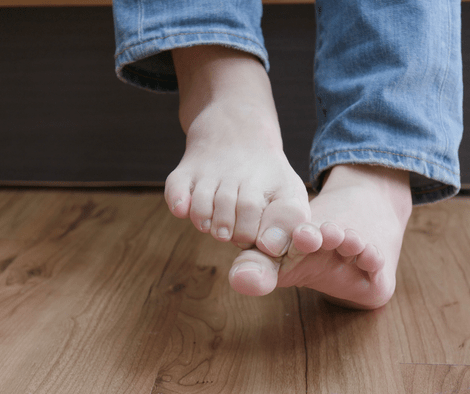
Oftentimes, a fungal infection of the feet begins between the toes, where moisture can collect.
It can spread to other parts of the feet, and antifungal creams are readily available at your local drugstore.
Essential oils can fight the athlete’s foot and moisturize the skin.
These oils are safe to use topically but should be diluted before applying.
One essential oil to use is lemongrass.
Lemongrass contains antifungal properties that can help the foot regenerate skin cells.
It is especially useful for the athlete’s foot, as it reduces inflammation and burning.
Lemongrass is safe to use, but it must be diluted to avoid causing irritation to the skin.
If you are unsure of which essential oil to use, consult a healthcare professional to determine if it is safe for your skin type.
The athlete’s foot is an incredibly common fungus that can affect the feet, toenails, and hands.
It is contagious and can spread to other parts of the body as well.
If you’ve recently come into contact with someone who has an athlete’s foot, you’re putting yourself at risk of contracting it.
You may also catch it from locker rooms or shared shoes.
Another essential oil that is effective for athlete’s foot is oregano.
It can be mixed with another essential oil, such as olive or almond oil, and then applied to the infected skin.
Both of these oils contain fungicidal properties.
Cinnamon oil is also a potent essential oil that can effectively treat athlete’s foot.
Its antifungal and antibacterial properties are highly useful for preventing and curing an athlete’s foot.
You can also apply apple cider vinegar topically to relieve the symptoms of the athlete’s foot.
It can sting, so dilute it if necessary.
In addition to apple cider vinegar, essential oils can help fight fungal infections and improve skin conditions.
You can make your own foot soak by mixing three parts olive oil with ten parts tea tree essential oil.
Apply the mixture to your foot twice daily until relief comes.
Properties of Essential Oils
One of the most common treatments for athlete’s foot is an antifungal cream.
These creams contain antifungal agents that target the fungus that causes the athlete’s foot.
In addition to antifungal agents, essential oils have antimicrobial properties and are often used to treat other skin conditions.
Many people are now turning to alternative medicine to combat the affliction.
But, if you’re unsure of which oil to use, here are a few of the most effective essential oils for athlete’s foot.
Citrus oils contain limonene, which has antifungal properties.
Lemon essential oil is known to have anti-inflammatory and antifungal properties.
It is best to dilute essential oils with a carrier oil first since their smell can be stronger than their actual effects.
Fortunately, the lemon essential oil has many benefits that make it a great choice for athlete’s foot treatment.
In addition to its antifungal properties, it helps promote healthy digestion and prevents infections.
A majority of essential oils contain compounds with low molecular weights.
Each of these compounds has a unique biological effect.
Table 5 summarizes the major components.
These oils are effective for treating athlete’s foot, but they should not be applied to the affected areas of the body.
However, essential oils can make the skin more sensitive to the sun, so it’s important to keep them out of the reach of children and pets.
While most essential oils can be used as topical creams, only a small number of studies have studied their antifungal and antimicrobial properties.
Most of these studies have focused on the effects of essential oils on pathogenic bacteria, and some have shown resistance to some of these oils.
Citronella, orange, and peppermint oil all have antifungal properties, and they’re widely used in both agricultural and health care applications.
Essential oils have been shown to help cure athlete’s foot and ringworm of the foot.
These oils have antifungal properties and are a good alternative to oral medications and over-the-counter creams.
Although clinical studies are limited, they are considered an effective natural treatment for athlete’s foot.
But, you should still seek the advice of a doctor or healthcare practitioner.
If you’re worried about the safety and effectiveness of these products, it is best to consult with a certified pharmacist.
Cause of Athlete’s Foot
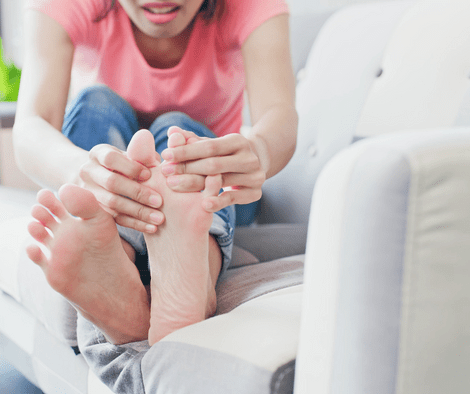
Athlete’s foot is caused by a fungus known as Trichophyton fungus.
These fungi grow in moist conditions and thrive in shower floors, shoes, and other contaminated areas.
Because of their sensitivity to warm, moist environments, they are contagious.
The most common way to contract an athlete’s foot is through direct contact or items that come into contact with infected areas.
If you have an athlete’s foot, your symptoms may vary from person to person.
However, they usually develop between the fourth and fifth toes.
The affected area may be swollen, red, and irritated.
The skin may break down and develop blisters or open sores.
A doctor may prescribe oral antibiotics to help cure an athlete’s foot, but be sure to get a medical diagnosis.
If your doctor suspects you have an athlete’s foot, he or she will examine the area and ask you about your symptoms.
A sample of your skin may be taken and analyzed to rule out other conditions.
A fungal culture will take three weeks to confirm the diagnosis.
In many cases, prevention measures are not effective.
However, there are a number of measures you can take to prevent the spread of an athlete’s foot.
Preventing an athlete’s foot is important and can be as simple as keeping your feet dry.
Make sure to wash your shoes thoroughly with hot water and a disinfectant, such as Clorox wipes.
In case of prolonged symptoms, you should seek medical attention.
To prevent athlete’s foot, you should wear cotton socks instead of synthetic materials.
Wearing shoes that are too tight can lead to infection and spread to your toenails.
Symptoms of an athlete’s foot include scaly, cracked skin, or blistering of the toes.
If left untreated, the infection may spread to the toenails, lymph vessels, and even the hands and fingers.
Additionally, if the symptoms become severe, they may require antibiotic treatment.
Infection of the toes or the rest of the foot can lead to more serious complications, including cellulitis.
Best Essential Oil for Athlete’s Foot
If you’ve been suffering from an athlete’s foot, you may have wondered if there is an essential oil that can treat it.
They are commonly used in aromatherapy for a variety of uses, including skin care, medicinal complaints, and even cleaning.
These essential oils can be diluted to suit a variety of needs.
The essential oil peppermint is one of the oldest known herbs.
It has many medicinal benefits and its active ingredient, menthol, gives the skin a cooling effect.
Peppermint essential oil is effective for treating athlete’s foot and has many other uses, including fighting bad breath, clearing the respiratory tract, and stimulating energy.
While you’re looking for the best essential oil for athlete’s foot, you may want to try these other essential oils first.
You’ll want to use only the essential oils that are safe for you.
They should be diluted in a carrier oil, such as almond or coconut oil, and applied directly to the infected area.
Be sure not to rub healthy skin while applying essential oils, as you could end up spreading the fungus.
Another essential oil for athlete’s foot is copaiba, which has many therapeutic properties.
Copaiba contains beta-caryophyllene, which has both antifungal and anti-inflammatory properties.
You can also mix it with a bath gel to relieve pain and irritation. But you may want to try a mixture of the two.
For faster relief, try using lavender oil in a foot bath with salt and a few drops of copaiba.
If you don’t want to use a cream or lotion, then you can always apply a tea tree oil solution instead.
Tea tree oil contains terpinene, which is a powerful component that can thwart fungal infections.
Several studies have shown that tea tree oil works effectively for athlete’s foot, as a 50% tea tree oil solution is effective for up to four weeks.
However, you may want to consult a doctor before using tea tree oil for the athlete’s foot.
NEXT Best Essential Oil For Classroom
Legal and Medical Disclaimer
Information provided on the site is for educational purposes only, and does not substitute for professional medical advice.
You MUST consult a medical professional or healthcare provider if seeking medical advice, diagnoses, or treatment.
We do not provide any medical advise.


